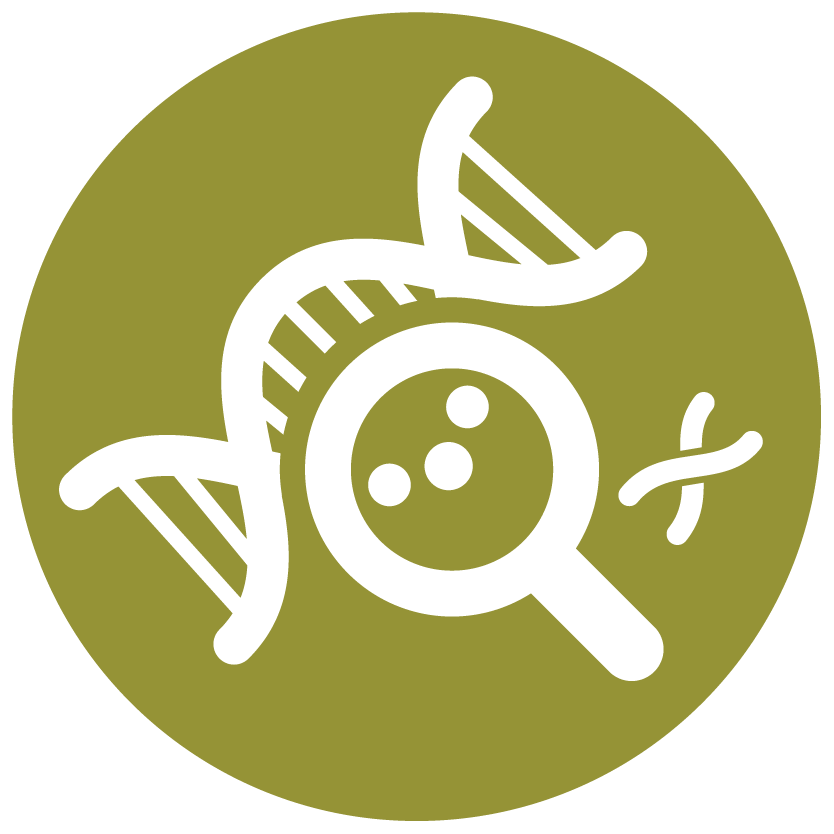Discovery and Basic Research
Rapid Fires: Emerging Technology as a Game Changer in Drug Discovery
Rational Discovery and Design of Membrane-Permeable Endolysins Against Gram-Negative Bacteria
Tuesday, November 11, 2025
3:45 PM - 4:00 PM CT
Location: 303 AB

Sharon Shui Yee Leung, Ph.D. (she/her/hers)
Associate Professor
Chinese University of Hong Kong
Hong Kong, Hong Kong
Rapid Fire Speaker(s)
Our pilot data demonstrated that appending a cationic peptide, KWKLFKKI, to the C-terminus of a globular endolysin LysAB2, termed LysAB2-KWK, could significantly increase its antibacterial activity by 10000-fold, exhibiting great potential to endow endolysins in targeting MDR gram-negative bacteria. A preliminary mechanistic study showing the enhanced activity was attributed to the improved outer membrane trespassing capacity of the modified endolysin.
However, this protein engineering approach cannot be universally adopted to all globular endolysin and cationic peptide combinations. We hypothesize that rational design of engineered lytic enzymes based on big data strategies can reduce costs to optimize the design of engineered endolysins. In this study, we first identify key features of globular endolysins affecting the synergy with the appended cationic peptides and develop an (AI)-aided protein engineering approaches to identify promising engineered endolysin designs for experimental validation. This approach has shown great promise in identifying lead candidates for clinical development.
However, this protein engineering approach cannot be universally adopted to all globular endolysin and cationic peptide combinations. We hypothesize that rational design of engineered lytic enzymes based on big data strategies can reduce costs to optimize the design of engineered endolysins. In this study, we first identify key features of globular endolysins affecting the synergy with the appended cationic peptides and develop an (AI)-aided protein engineering approaches to identify promising engineered endolysin designs for experimental validation. This approach has shown great promise in identifying lead candidates for clinical development.
Learning Objectives:
- Upon completion, participant will be able to provide the current landscapes of endolysins development in targeting gram-negative bacteria.
- Upon completion, participant will be able to explore the AI-aided strategies in identifying lead engineered endolysins.
- Upon completion, participant will be able to discuss the emerging antibacterial agents to fight against the antibiotic crisis.


